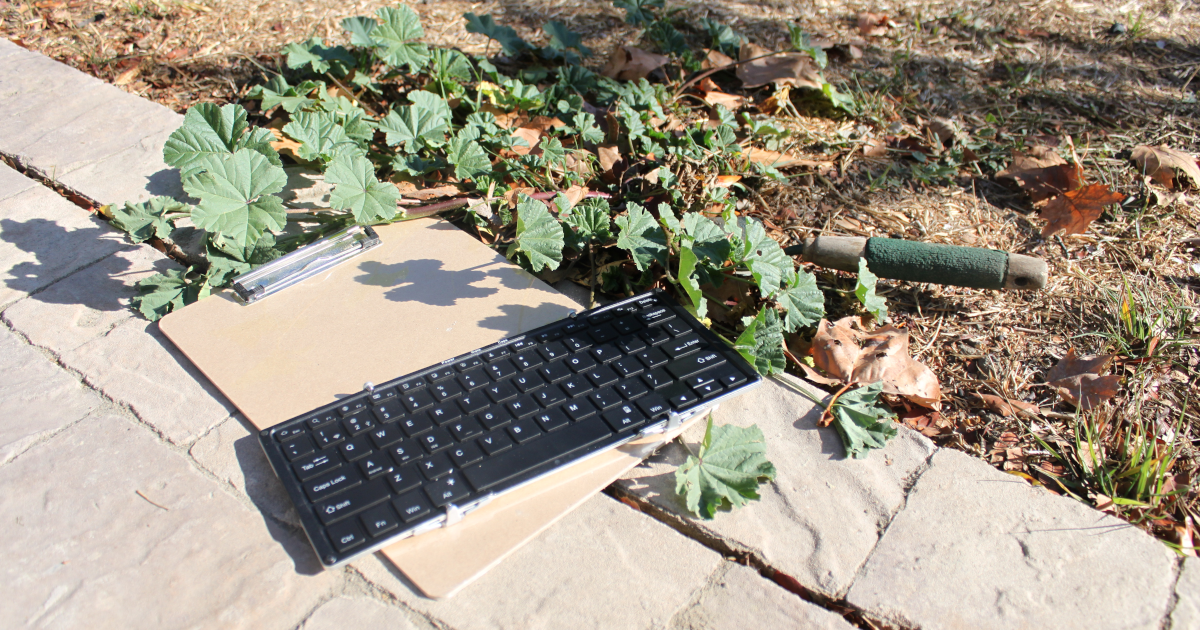
Don't Be Afraid to Get Into the Weeds
When someone refers to "getting into the weeds", they're talking about getting deep into the details. Far too many times, I've seen this put into a negative light. I've heard phrases like "I'm sorry, but I'm getting into the weeds here." or "Let's not get too detailed and take this offline." In one case, someone is having to apologize for providing important details, and in the other, someone is halting the delivery of potentially important information.
I'm here to tell you that it can be okay to get "into the weeds."
Discussing details can be very productive, and sometimes, critical to the success of a program, product, or project. When collaborating in a team, this practice allows gaps to be addressed by all participants. When communicating to leadership, it gives them the runway to course correct any strategic expectations. When managing people, it brings clarity to the work that they're doing. When someone strategically chooses to share details, it's important to recognize that they felt this was a valuable step to take.
Let's consider this hypothetical example: J. Doe hires M. Smith to remodel their bathroom. They reach an agreement on the general overall plan: a shower, a toilet, and double sink vanity. Smith proceeds with detailing the plan, but encounters plumbing issues that will influence the outcome. Doe doesn't care to "get into the weeds" because they hired an expert to take care of the job. Ultimately, Smith delivers a remodeled bathroom, but Doe is unhappy. Why? Doe doesn't like the type of toilet chosen, the side on which the vanity is installed, and the shower head doesn't offer the features they desired. All of these were the result of plumbing issues encountered by Smith.
When I get into a detailed conversation, I keep a few practices in mind:
- I think about what details are important to my audience.
- I convey how the details connect to the main topic.
- I try to be as concise as possible in my delivery.
- Bonus: When I'm in a conversation in which I'm not receiving or delivering details, I make an attempt to learn from what I'm hearing.
Working in the digital space has given me insights into both the business and technical streams of conversation. In many ways, these two operate in almost polar opposites ways, with polar opposite viewpoints on details. Business topics tend to be mostly broad in conversation; details are not belabored so the big picture is not impacted. Technology topics can get very specific; details are critical to getting the work done. However, they are codependent on one another, and the key to bridging the two is dialogue.
So, the next time someone feels it's important to get "into the weeds", hear them out. If you're taking the conversation "into the weeds", be strategic about it. In both cases, the objective should be to focus on delivering a better outcome.
Read more
Tweets by hijinior